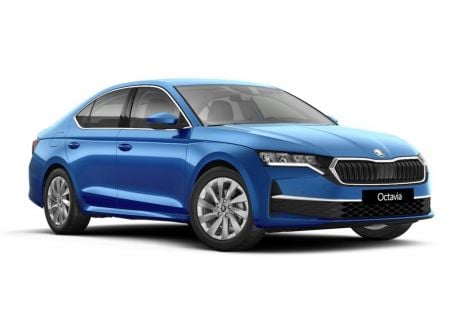

Max Davies
2026 Skoda Octavia: Mild-hybrid power confirmed for mid-size sedan, wagon
5 Days Ago

Journalist
The nation’s 10,000th Subaru WRX STI was bought by Bradley McManus in New South Wales this week.
As a surprise, Subaru Australia gifted McManus a $5000 parts and accessories package, five years of servicing, and a ride with former rally champ Molly Taylor on a rally stage outside of Canberra.
Enough of 2020, though. Beloved by ram raiders and rally lovers alike, the Subaru WRX STI story begins in the year La Copa de la Vida (The Cup of Life) by Ricky Martin was Australia’s best-selling single.
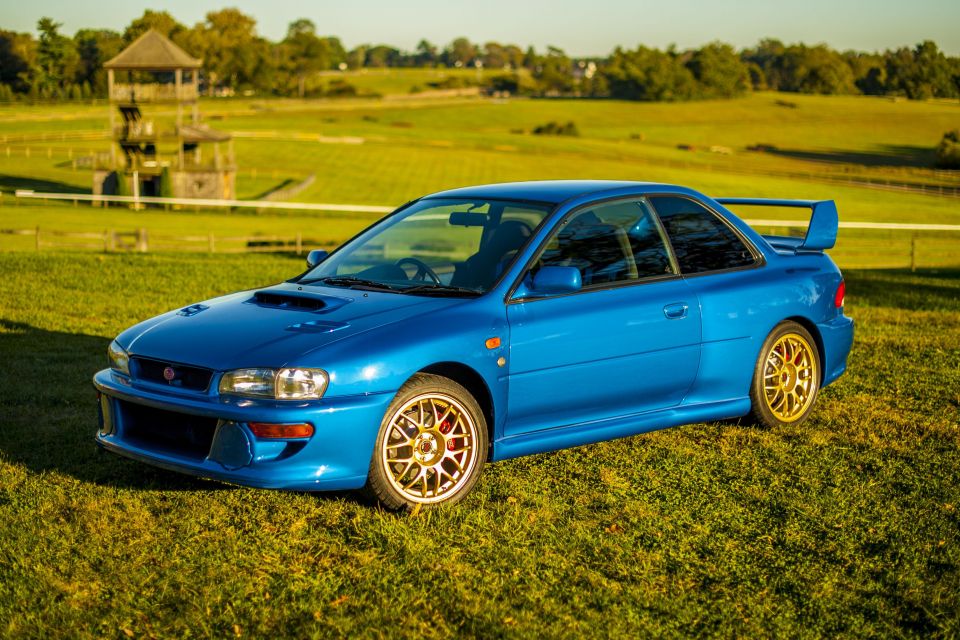
The WRX turned the quirky, but Corolla-chasing, Impreza into a fever dream for every young petrol head of its era with the allure of turbocharged, all-wheel drive and rally-inspired fun in an affordable package.
The STI added more power and volume to the mix, and stripped away some of the civility.
Although the first STI-badged WRX models debuted in Japan in 1994, it wasn’t until 1998 Australians were able to get their hands on one… but it was worth the wait.
The coupe-only WRX 22B STI had a larger 2.2-litre turbocharged four-cylinder boxer engine officially rated at 206kW, thanks to a gentlemen’s agreement among Japanese carmakers. Its 360Nm wasn’t much more than the 353Nm offered in the regular STI coupe, but peak torque arrived 800rpm lower in the rev range.
Aside from its fairly rare two-door body, it stood out thanks to its mesh-style 17-inch BBS gold alloy wheels, wider track with flared wheel arches, and huge rear wing.
Oh, and it cost $132,000 before on-road costs.
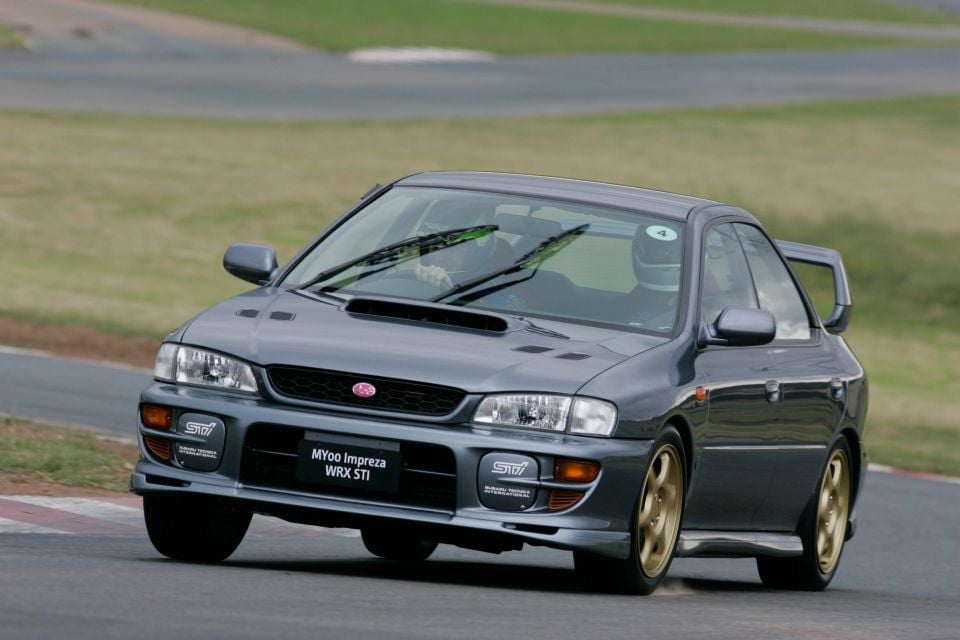
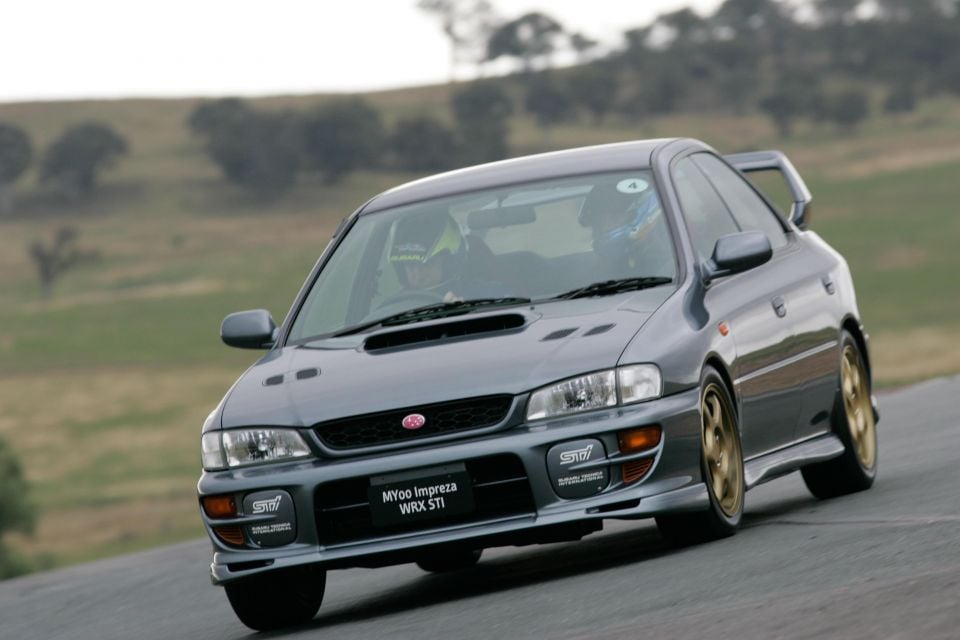
For reference the standard WRX that year had a 2.0-litre turbo with 155kW and 290Nm, and started at a mere $39,990.
Only 425 were made, with 400 allocated to Japan. The UK got the bulk of the remainder, and five came Down Under. One remains in Subaru Australia’s collection to this day.
Relief was to come a year later when Subaru released 400 WRX STI coupes ($60,000), and 400 WRX STI sedans ($62,500) into the country at more manageable prices.
These cars all featured a smaller 2.0-litre turbo with 206kW and 353Nm. Fitted with a five-speed manual, 16-inch gold wheels, and a large rear wing, there were good for a 0-100km/h time of 4.9 seconds.
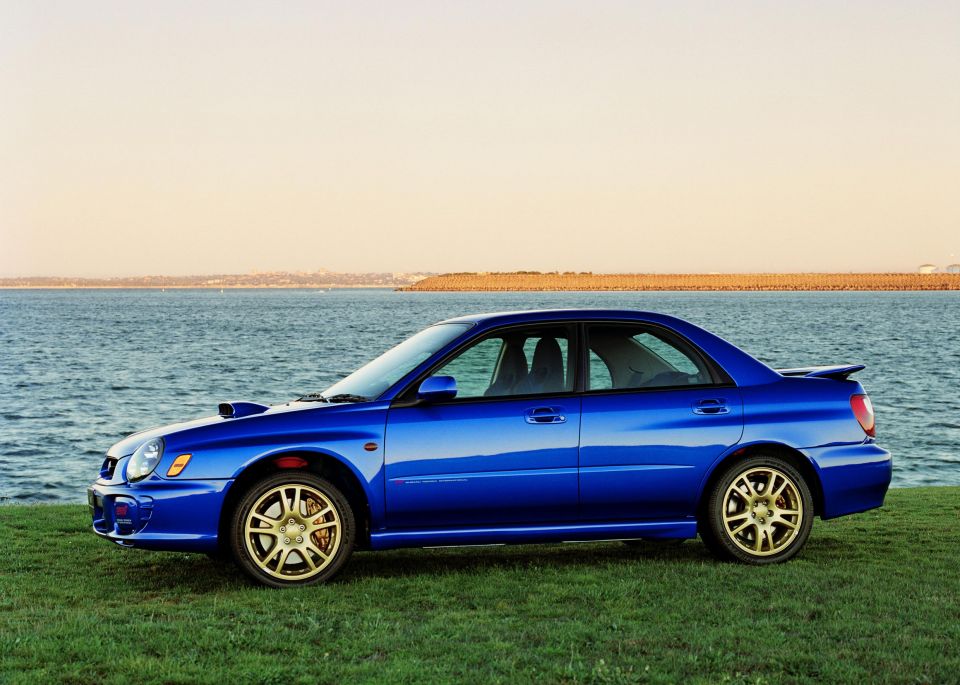
For the second generation, the WRX STI became a full-time range-topping member of the Impreza range. With the coupe axed, the STI was only available as a four-door sedan.
Like regular Imprezas, the WRX and STI went through three distinctive faces: the original with bug eyes, the conservative restyle, and the one with the airplane-inspired grille.
At the beginning the WRX STI had a 2.0-litre turbo with 195kW and 343Nm, and paired with a six-speed manual. According to Subaru, the STI needed 5.5 seconds to hit the tonne.


When the aircraft grille was introduced in 2005, engine capacity rose to 2.5 litres with power and torque rising to 206kW and 392Nm respectively. The 0-100km/h time was reduced marginally to 5.4 seconds.
By way of comparison, the 2.0-litre WRX had 160kW and 292Nm to its name, while later 2.5-litre WRX models were stepped up to 169kW and 320Nm.
The power gap was reflected in the prices, with the WRX starting in the low $40,000 range, while the STI began in the high $50,000 range.
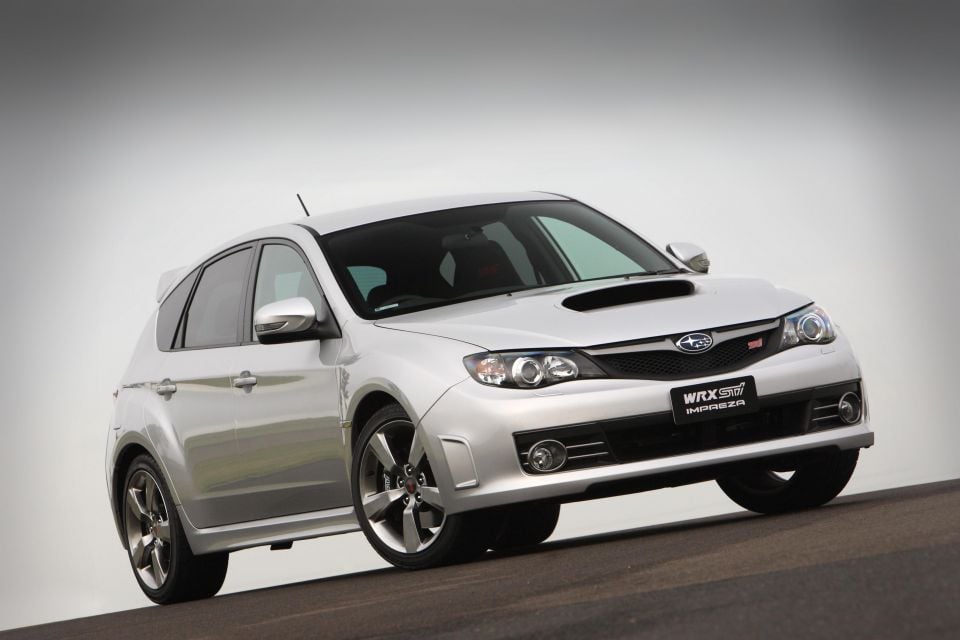
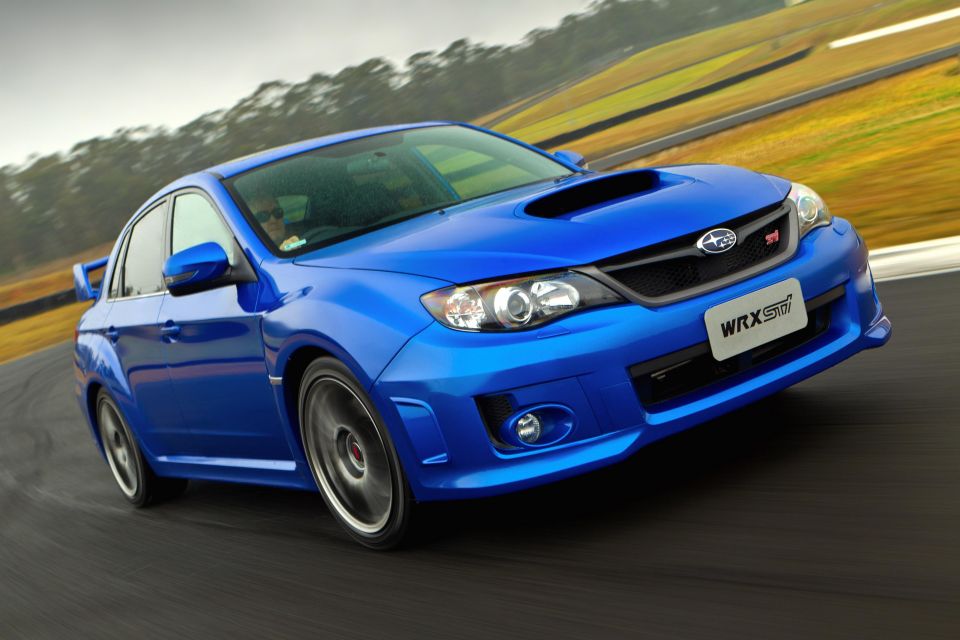
Subaru was becoming more successful as a brand, and in order to chase more mainstream success the Impreza began ditching some of its quirky features, such as it frameless windows and wagon-ish hatch body.
The WRX also began to reflect the company’s change in tack. It still featured turbocharged boxer engine and a hood scoop, but the rest of the package was rather tame.
With its flared wheel arches, larger wing, and more aggressive styling, the STI offered what the WRX used to have, as well as the usual step up in performance and power.
Thanks in part to the scrapping of the gentleman’s agreement in Japan about claimed power in the mid-2000s, the STI’s 2.5-litre turbo mill was rated at 221kW and 407Nm. Mated to a six-speed manual and all-wheel drive, it required 5.2 seconds to complete the 0-100km/h dash.
This generation also saw the introduction of a five-speed automatic variant, which had an engine where torque production was limited to 350Nm and a slower 0-100km/h time of 6.0s.
For the first time the STI was available as hatch. Indeed, it was only available as a hatch until the sedan appeared in 2010, initially only in the more expensive Spec.R trim.
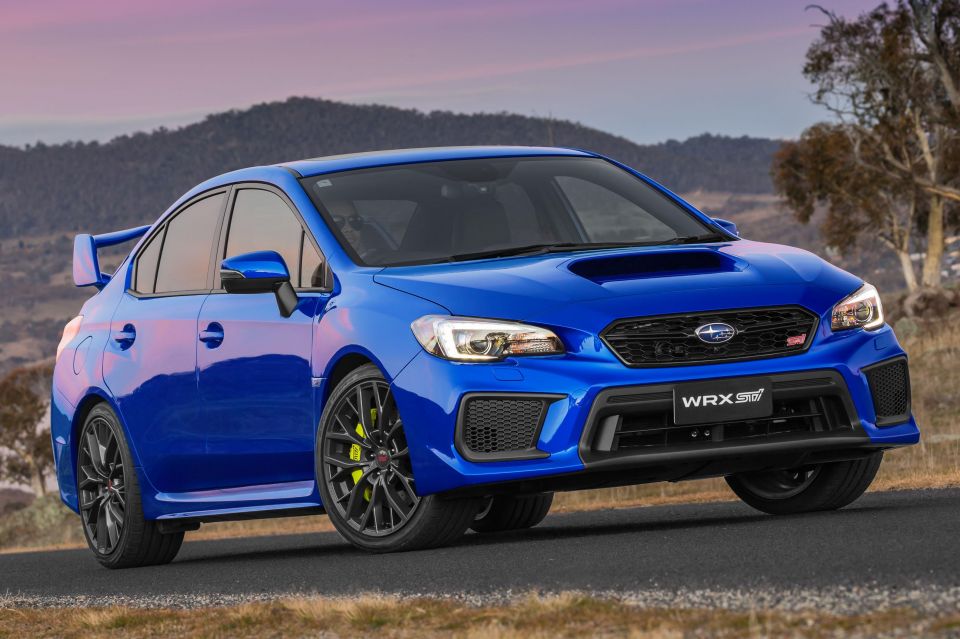
With the fourth-generation model Subaru dropped the Impreza designation for the WRX globally.
While still clearly based on the then contemporary Impreza — which debuted several years earlier — the new WRX had a largely unique body with a wider track, and distinct styling at both ends.
That said, many were left disappointed because it bore little resemblance to the earlier WRX concept.
As before the STI variant is powered by a 221kW/407Nm 2.5-litre turbo, although it lost its automatic option. Those wanting to do away with the clutch pedal now need to step down to the CVT WRX.
Pricing for the STI fell to around the $50,000 mark, while the WRX still began at roughly $40,000 and featured a 195kW/350Nm 2.0-litre turbo.
What’s your favourite WRX STI regardless of whether it was sold in Australia or not? Let us know in the comments section below.
Where expert car reviews meet expert car buying – CarExpert gives you trusted advice, personalised service and real savings on your next new car.
Derek Fung would love to tell you about his multiple degrees, but he's too busy writing up some news right now. In his spare time Derek loves chasing automotive rabbits down the hole. Based in New York, New York, Derek loves to travel and is very much a window not an aisle person.


Max Davies
5 Days Ago


Ben Zachariah
7 Days Ago


William Stopford
1 Month Ago
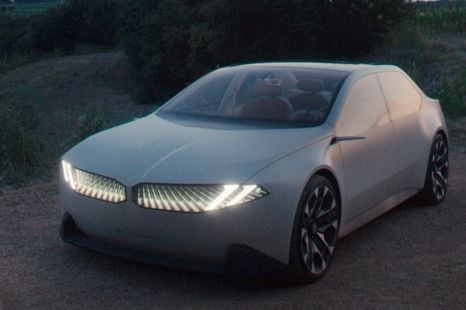

Damion Smy
2 Months Ago
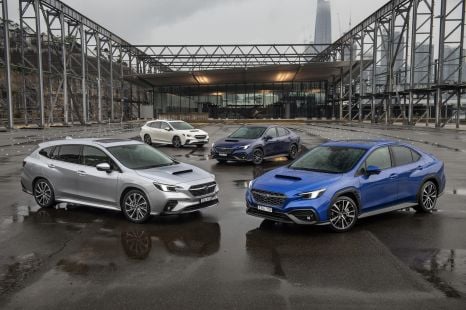

Max Davies
2 Months Ago


Marton Pettendy
3 Months Ago